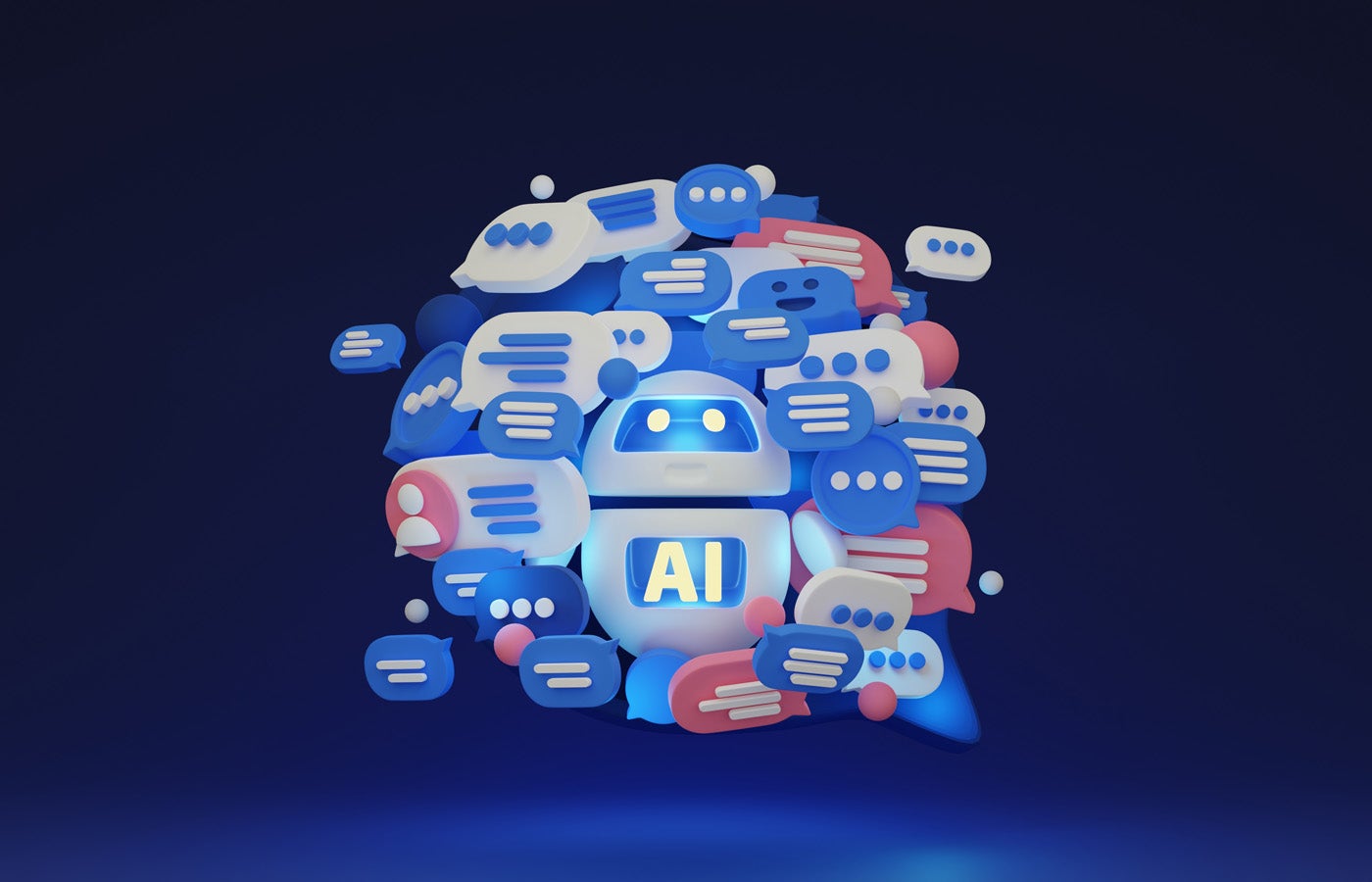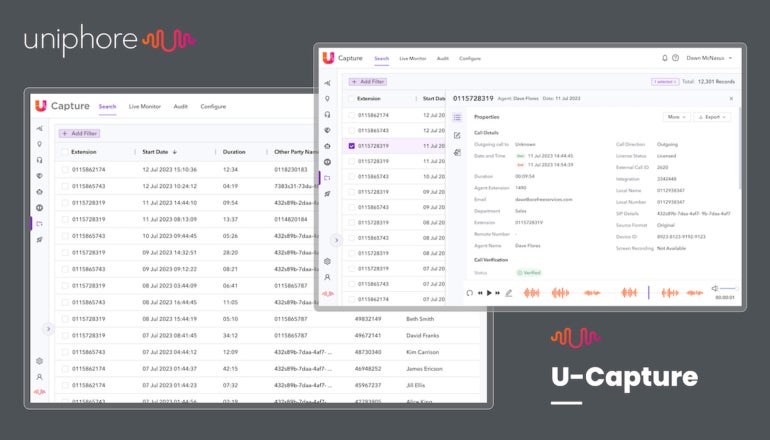- I recommend the Pixel 9 to most people looking to upgrade - especially while it's $250 off
- Google's viral research assistant just got its own app - here's how it can help you
- Sony will give you a free 55-inch 4K TV right now - but this is the last day to qualify
- I've used virtually every Linux distro, but this one has a fresh perspective
- The 7 gadgets I never travel without (and why they make such a big difference)
Conversational AI Company Uniphore Leverages Red Box Acquisition for New Data Collection Tool

Red Box provides the open architecture for data capture. Uniphore then feeds that data into U-Capture, its conversational AI automation tool.
In February 2023, conversational analytics company Uniphore acquired voice recording firm Red Box. Today, the result of that partnership has emerged: U-Capture, which is an AI-powered metadata solution for data collected across the enterprise. U-Capture is available beginning on Tuesday in North America, Europe, the Middle East, Australia, New Zealand and the Asia Pacific region.
U-Capture will be delivered as part of Uniphore’s existing X platform and provides AI-ready data in real time for automation and analysis of conversations. U-Capture is remarkable because it’s a practical use for an AI assistant combined with existing data recording tools, but security is still a concern for Uniphore, which bills its platform as AI-native. Uniphore gained a lot of buzz in 2022 for a $400 million funding round and support from Cisco CEO John Chambers.
Jump to:
U-Capture builds on Red Box data recording capabilities
One problem Uniphore wanted to solve through the Red Box acquisition was that a lot of call center data was unstructured. It was multimodal: some might be video, some might be audio, some might be text.
U-Capture collects data from call center conversations or other business audio or video records such as meetings. Then, U-Capture applies automation and connected applications to understand and reformat the content to provide coaching, analysis or tailored responses (Figure A).
Figure A

The tool also applies so-called emotion AI, which can read sentiment and tailor its suggestions and coaching to that sentiment. For example, the AI system might let an irate customer skip through a welcome message on a phone tree to get them to a human agent faster, and then coach that agent on how to respond.
SEE: AI can enhance, not necessarily replace, jobs, Microsoft says. (TechRepublic)
“We re-engineered the Red Box capability on our platform, which is now called and sold as U-Capture,” said Umesh Sachdev, chief executive officer of Uniphore, in an interview with TechRepublic. “As opposed to a data company that just bought an AI platform, we are an AI company that through an acquisition, got ourselves a data platform,” said Sachdev.
Part of Red Box’s appeal: Open architecture
Some companies that sold contact center software aren’t allowed by their vendors to take their own audio from the call center and use it for analytics; Uniphore wanted to open up the ways in which that data could be used, while still keeping the data secure.
“Red Box was the third largest player in the segment of call center, audio streaming, recording and capture, and Red Box was the only player in the segment globally, which on its website advertised that it’s an open architecture,” said Sachdev. “So it was the very ethos that we were looking for to take control of our own destiny. We don’t have to be reliant on a third-party data provider to give us the data.
“With Red Box, we’ve got access to some of the world’s most open format data on recording, capture and streaming in the call center. We got access to a terrific leadership team, and the talent that they had built,” Sachdev said.
Other new features coming to the X platform today include natural language generation for summarizing chats and intent training for business analysis.
How Uniphore addresses security and data sharing concerns
Umesh noted that a public AI such as ChatGPT isn’t particularly useful for a highly regulated company in finance or telecommunications; some of Uniphore’s largest customers are in those fields. So, keeping the data inside the enterprise is both more secure and more practical than feeding it out to a generative AI that trains on the entire internet. But there are benefits to keeping some of the data open, Umesh said.
“Our customers contractually allow us to learn and improve our models from the data that’s flowing through our system, as long as it’s anonymized and aggregated at all points,” Sachdev said. “At no point does the AI model know the source of this data. It can never trace it back to an individual customer or their record … it’s about a series of trends or patterns.”
Uniphore builds data redaction into its monitoring software, meaning that personal data such as credit card numbers are obscured.
Data coming out of customers’ call centers is open in that it moves through an API framework. Both Uniphore and the customer company are free to use that data for whatever analytics they may wish to run on it, whether that be through Uniphore or a third-party AI vendor.
“Companies are looking at more and more applications of generative AI, and we are going to see an explosion of the number of applications within the enterprise in different departments through generative AI,” said Umesh. “Which means these companies need a data layer which is open, which is fast and seamless (and) which is secure and reliable.”

